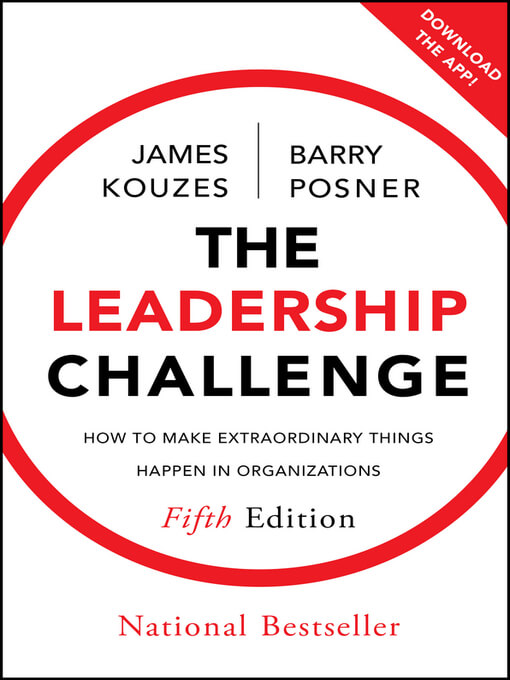If the title of this blog post caught your attention, it is probably because you’ve wondered if those you lead, influence, and work with really care about filling their buckets, or, perhaps, you’re a big Ted Lasso fan like me. Regardless of why you engaged with this post, it’s a valid wonderment—do my employees “really” need a leader like Lasso during this moment in time? The answer, a resounding, YES, and here is why.
Right now we are all being faced with a great deal of uncertainty, challenge, and constant change. Having said that, it was never more important as a leader to be intentional about knowing your staff, keeping a pulse on the daily dynamics, and embracing your empathetic skill set. You need to know what brings your team joy, both the group and individually, versus what brings you joy or what you think makes everyone happy. This can be easier said than done. The traditional team potluck or donut day, although fun and comforting, may not necessarily meet the needs of everyone on staff at this time. Encouraging the heart challenges leaders to pay attention, personalize recognition, relate stories about success and values, celebrate together, and be an example others would want to follow.
When I work with site and district leaders, I gently push them to ask themselves, to what extent are you addressing the increasing mental health needs of your staff? How are you being proactive to combat employee burnout and stress? How do you pay attention and personalized recognition? How are you encouraging the heart and how could you lead more like Ted?

Based on the sound and valid research of Kouzes and Posner’s internationally-acclaimed The Leadership Challenge, they describe how the fifth principle, Encourage the Heart, is critically important for exemplary leaders as our words, actions, and behaviors must demonstrate that we care deeply, have their backs, and believe in them. Ted Lasso believes in the word “believe” so much, he has a poster over his office door with that simplistic, yet profound statement.

This practice calls leaders to:
- Praise people for a job well done
- Make it a point to let people know about your confidence in their abilities
- Make sure that people are creatively recognized for their contributions to the success of projects
- Publicly recognize people who exemplify a commitment to shared values
- Tell stories of encouragement about the good work of others
- Get personally involved in recognizing people and celebrating accomplishments
Ted exemplifies this practice in big and subtle ways. He knows people need to feel linked to others and, in turn, they to us because greatness is never obtained completely by ourselves, all alone. This practice documents that we are in “this” together-whatever the project, team, campus, and so on, maybe.
When we recognize people for their participation, we increase their awareness of their value to the school and to their peers, and thereby impart a sense of connectedness that, being social animals, all humans seek. It is the leader who has the great responsibility to ensure that we are in touch and provide courage and inspiration -even when under stress.
Statistically speaking, the impact of encouraging the heart on the team is significant. For example, results include increased productivity, decreased absenteeism, greater initiative, increased cooperation, stronger bonds among co-workers, better communication among team members, fewer conflicts in the work environment, and even reduced job complications.
These are vital benefits we could all use right now as most struggle to hire for open positions and keep energy levels on point at campuses across the country. In other words, encouraging the heart is not a “nice-to”, it’s a must-do! A Gallup Workplace Audit found that if a workgroup has these attributes, they are 50% more likely to achieve customer loyalty, 40% more profitable, and have 10% less employee turnover (1). Although we are not in the profit business, we are, however, in the business of achieving and sustaining greatness on behalf of our most important customers, our students.
To encourage the heart, like Ted Lasso, it takes action, but it’s simple. One could begin with a smile, eye contact, and asking the other person how they are doing. You could take one step in the right direction and follow Lasso’s Leadership Rules here:
- Believe in Believe
- Teamwork
- Take Genuine interest
- Live in the Moment
- Mentorship
- Appreciation
- Forgive first
- All people are different
- Humor cuts through the tension
- Optimism is a Superpower
- Tell the Truth
- See the Good in People
- Doing the Right Thing is Always the Right Thing
We have an opportunity to cause a ripple effect of kindness, hope, and compassion for those we come in contact with on a daily basis. Let’s commit to channeling our “inner Ted” and bring forward the same enthusiasm and optimism to encourage the hearts of everyone we lead. It could very well be the catalyst that raises the positivity factor everyone so desperately needs right now.
References
- Kouzes, J. M., & Posner, B. Z. (2017). The leadership challenge (6th ed.). John Wiley & Sons.Gallup Poll: M.
- Abdullah, A. Samer, A. Aieman Kouzes and Posner’s transformational leadership model in practice: the case of Jordanian schools J Leadersh Educ, 7 (3) (2009), pp. 65-283
Dr. Wendy Kerr is an Administrative Specialist for Educator Evaluation and Leadership at ESC Region 13.





Add comment